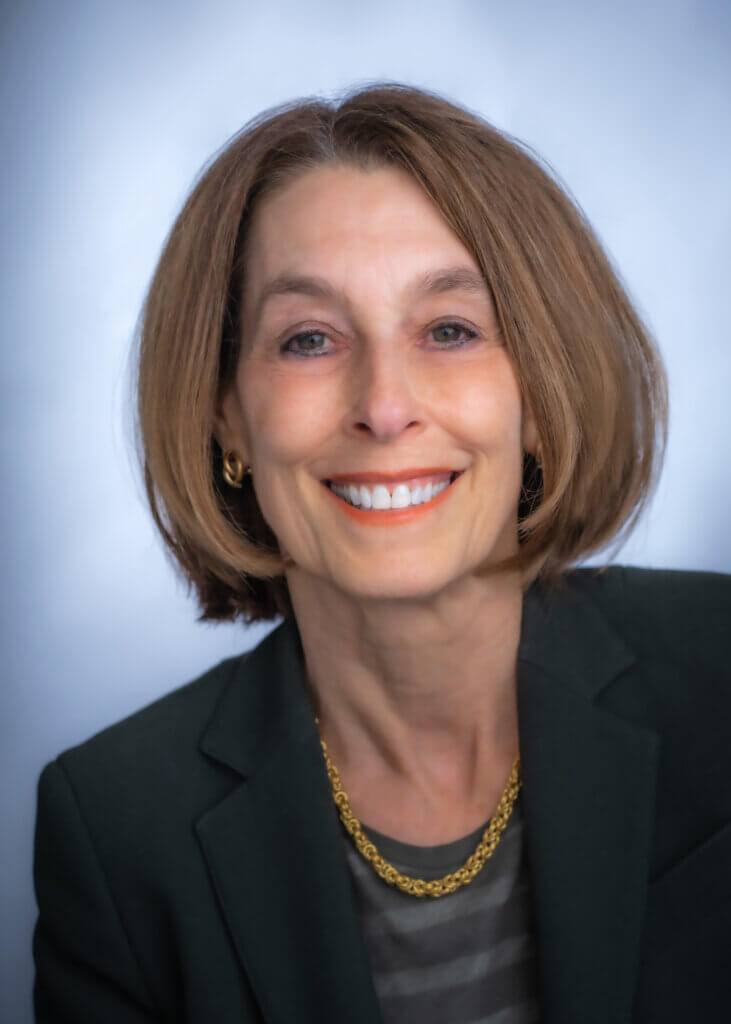By Laurie H. Glimcher, MD, Dana-Farber President and Chief Executive Officer
Earlier this month, I along with three Dana-Farber colleagues – Judy Garber, MD, MPH; Donna Neuberg, ScD; and Kornelia Polyak, MD, PhD – had the honor of being named by Research.com as being among the best female researchers in the world. It’s a proud and humbling honor to be recognized on the global stage for research. It also remains relatively unusual for women to gain such recognition and highlights the importance of supporting women in science to help ensure they build successful, meaningful careers.
I’ve been passionate about science since I was a child. In many ways it was a career that chose me, rather than vice versa. My passion for science has continued mostly unabated.
But like many women in science, I’ve experienced my share of challenges and obstacles in a field that had been long dominated by men. It was clear from the start that, as a scientist, I would have to work incredibly hard and be willing to take risks.

And while we’ve come a long way over the last several decades to increase the representation of women in science, there is still a long way to go. Today, women make up approximately half the U.S. population, yet they account for less than one-third of the STEM workforce, according to AAUW. A 2022 study published in Nature also shows that women are credited less in science than men, due at least in part to unacknowledged contributions. Less than 4 percent of Nobel Prizes in science categories have been awarded to women. When women do receive the award, they almost always share the prize jointly with men.
We are in a pivotal time for the sciences, especially the science of cancer. Today we stand on the cusp of transformative discoveries that will change the way we prevent, detect, and treat many cancers. There is simply too much at stake for our patients and the care of cancer, and in all diseases, to turn women away or limit their professional success in science and medicine. We need to fully commit to welcoming all the bright, curious, and committed minds to address the challenges before us today.
Our charge is to initiate our support early and encourage girls to pursue math and science in elementary, middle, and high school. Then our task it to nurture their interest and instill a sense of self confidence. It also means leaders ought to commit to building a culture of mentorship and support that continues throughout their education, training, and fellowships. And it means a concerted effort to actively recruit and support more women to join the faculty of academic medical centers and all scientific organizations.
But we can’t let up on this sense of support once women join the workforce. We must continue to find ways to support them early in their careers and invest in their success. I believe this deeply and have made it a priority at Dana-Farber. As part of our Office for Faculty Development, Professionalism and Inclusion, we have a Committee for Women Faculty that supports career development, work-life balance, and other important measures for women on our faculty. This robust effort also includes funding awards, scholarships, and other opportunities to support the growth and advancement of women faculty.
Dana-Farber is also proudly home to the Helen Gurley Brown Presidential Initiative. This initiative gives us opportunities to support each other as women in cancer research and medicine, and to hear from prominent female leaders in the science community.
This effort also supports the research of a cohort of female postdoctoral fellows, pairing them with senior female investigators to be their mentors. I’ve proudly served as a Helen Mentor myself.
Because as meaningful as it is to be recognized alongside my colleagues to rank among the world’s best female researchers, what gives me the greatest pride is reading a scientific or medical journal and noting a study that was authored by someone I trained. I’ve spent a lot of time mentoring young women in science and have immense joy in watching them succeed.
This March, as we celebrate Women’s History Month and recognize the amazing women in science whose contributions are helping patients, saving lives, and changing the world, let’s also re-commit to doing everything possible to welcome more women into scientific fields and foster their success.
My hope is that my granddaughters, and all girls and young women across the world, will seek careers in science, medicine, and any field of their choosing, and pursue their passions free from any systemic barriers. The future of cancer research and care, and so much more, depends on it.
